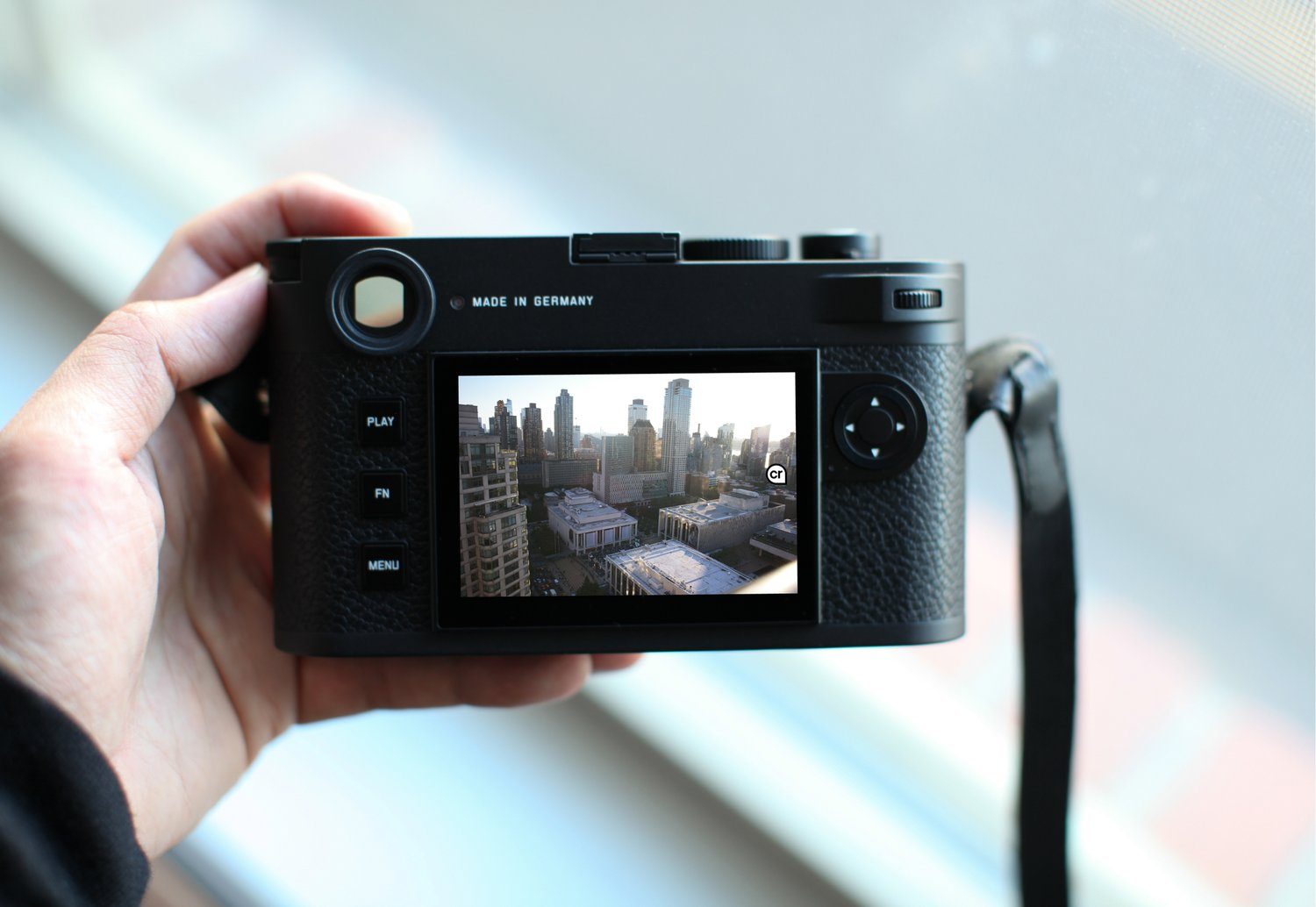SUMMARY
This is AI generated summarization, which may have errors. For context, always refer to the full article.

MANILA, Philippines – The Content Authenticity Initiative (CAI) on Thursday, October 26, announced that Leica’s new M11-P is the world’s first camera with “Content Credentials” built-in.
Content Credentials (CC) acts as a “digital nutrition label” that goes beyond the usual metadata or embedded data in a video or image that provides details such as camera used, the date and time a photo was taken, and camera settings used.
With CC, the M11-P also automatically includes metadata such as the name of the photographer if they choose to include it, social media accounts, details such as whether AI was used in the photo’s creation, or if the photo is a combination of multiple images, and whether photo editing tools were used.
A sample image below from the CAI shows how the label appears when it’s viewed:

“The Leica M11-P launch will advance the CAI’s goal of empowering photographers everywhere to attach Content Credentials to their images at the point of capture, creating a chain of authenticity from camera to cloud and enabling photographers to maintain a degree of control over their art, story, and context,” the group said.
“This is a significant milestone for the CAI and the future of photojournalism: It will usher in a powerful new way for photojournalists and creatives to combat misinformation and bring authenticity to their work and consumers, while pioneering widespread adoption of Content Credentials.”
The CAI is a group co-founded by software maker Adobe pushing for the adoption of the new CC standards to combat misinformation. Member organizations of the CAI include AFP, the Associated Press, the BBC, Canon, Getty Images, Microsoft, Reuters, and The Wall Street Journal.
The CAI calls the new standard as secure, using an encryption process called cryptographic asset hashing in order “to provide verifiable, tamper-evident signatures that the image and metadata hasn’t been unknowingly altered.”
Security is a key feature of CC, according to CAI, differentiating it from other formats for metadata such as Exchangeable Image File Format (EXIF), which may also include attribution data.
The CC system can also be implemented on news websites’ content management system, allowing sites to see “secure capture information and any relevant content edits preserved through the publishing process.”
The metadata also stays with the image when uploaded on social media. “When content is shared on social networks, the product flow will preserve CAI metadata,” the CAI said.
While CC allows photos to carry valuable metadata from device to online platforms and vice versa, the system appears to have some vulnerabilities. One can theoretically circumvent the system by, for example, taking a screenshot of an image, and using that screenshot as the uploaded image.
Barring that, integration on social networks is important to CAI’s work as a system like CC would be able to inform people right away whether a photo was altered, and for photographers, provide immediate attribution.
Another challenge is that while the CAI says that CC is gaining “accelerated adoption,” it’s unclear what happens to the metadata when it goes through a non-CC-using photo editing app or online platform. Ideally, the data would still be retained.
Leica cameras are also very expensive for most consumers, so getting CC technology – which is free and open-source – to more budget-friendly devices would be important for the initiative as well.
A separate group called the Coalition for Content Provenance and Authenticity (C2PA) focus on establishing the standards for CC, while CAI does the education and advocacy work, implementation of the technology, and fostering member partners, stakeholders, and the community. – Rappler.com
Add a comment
How does this make you feel?
![[DECODED] The Philippines and Brazil have a lot in common. Online toxicity is one.](https://www.rappler.com/tachyon/2024/07/misogyny-tech-carousel-revised-decoded-july-2024.jpg?resize=257%2C257&crop_strategy=attention)




There are no comments yet. Add your comment to start the conversation.